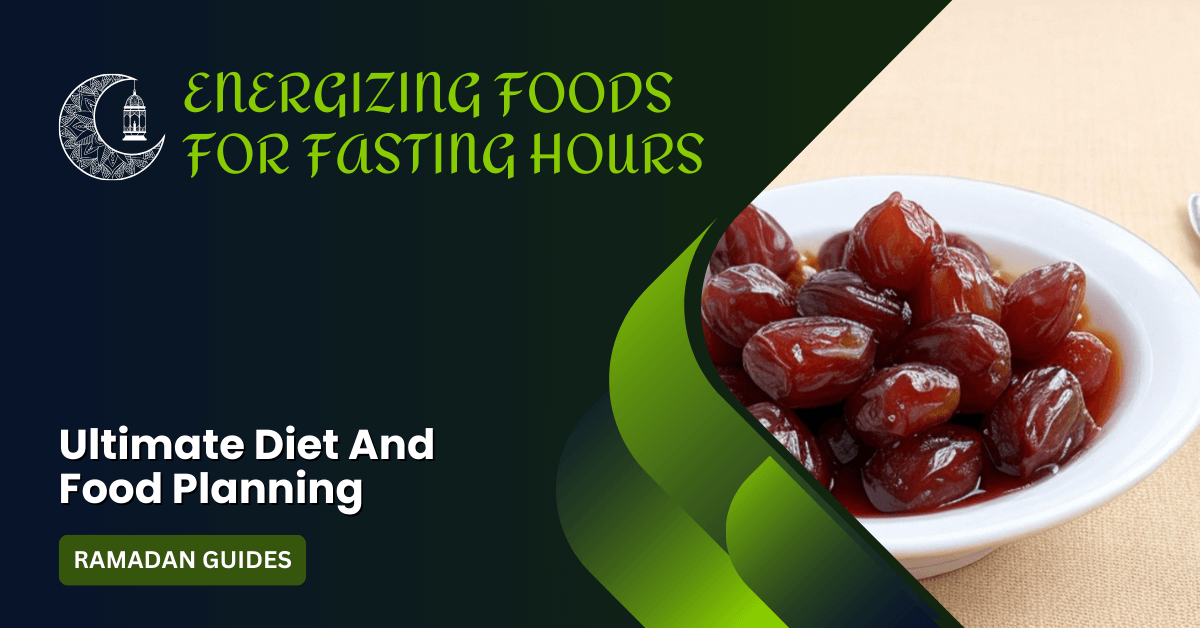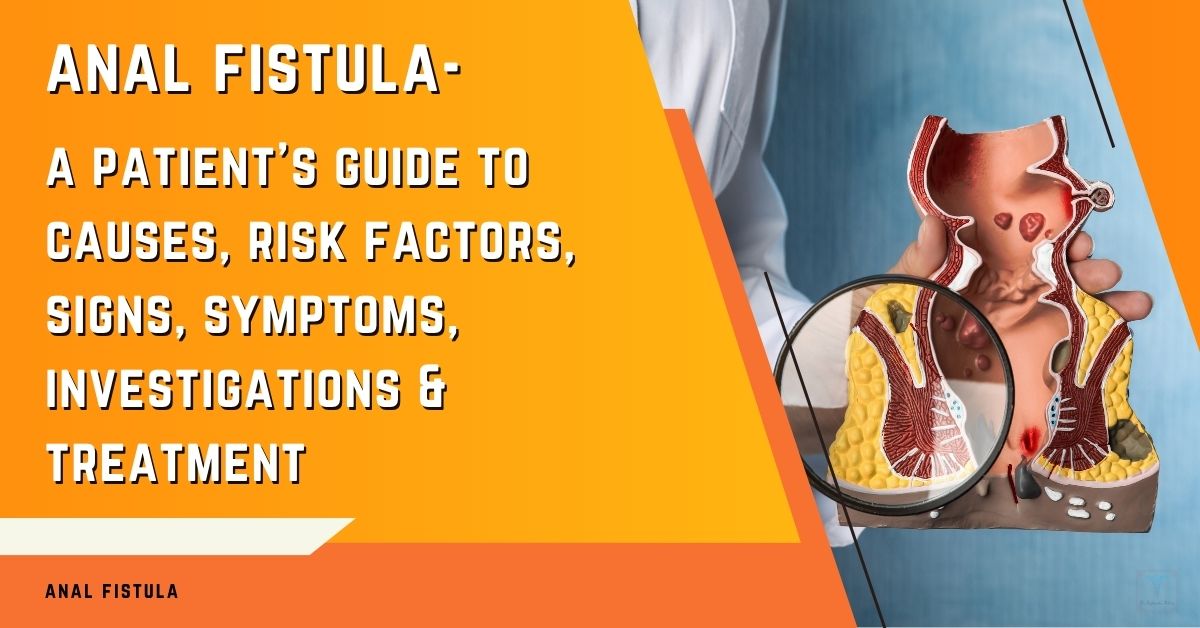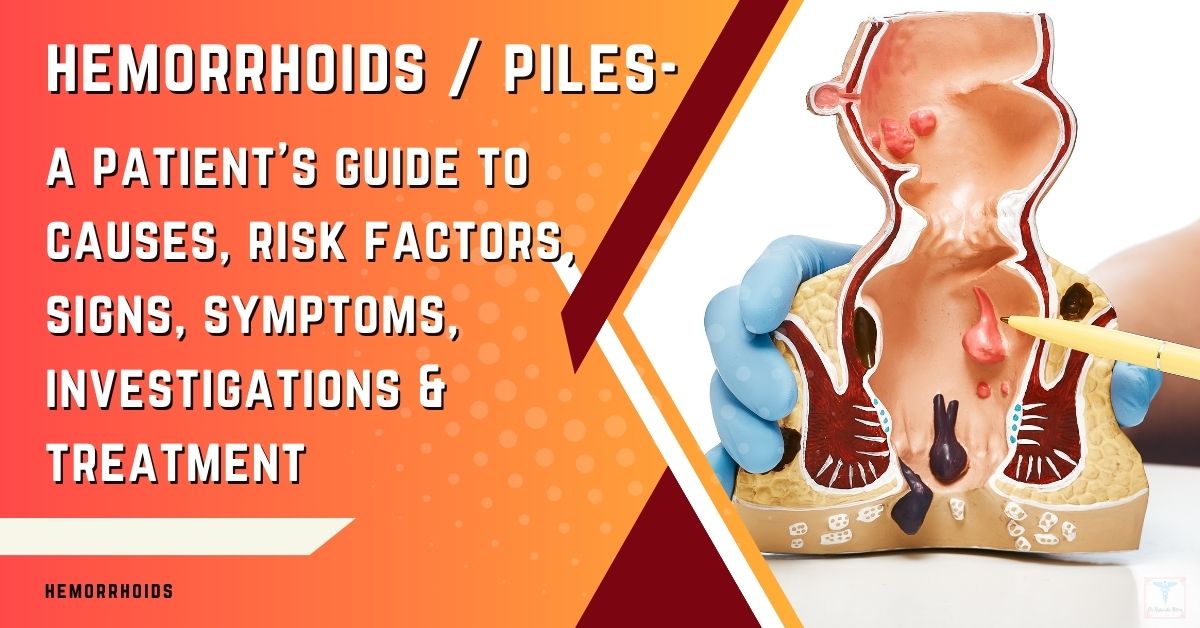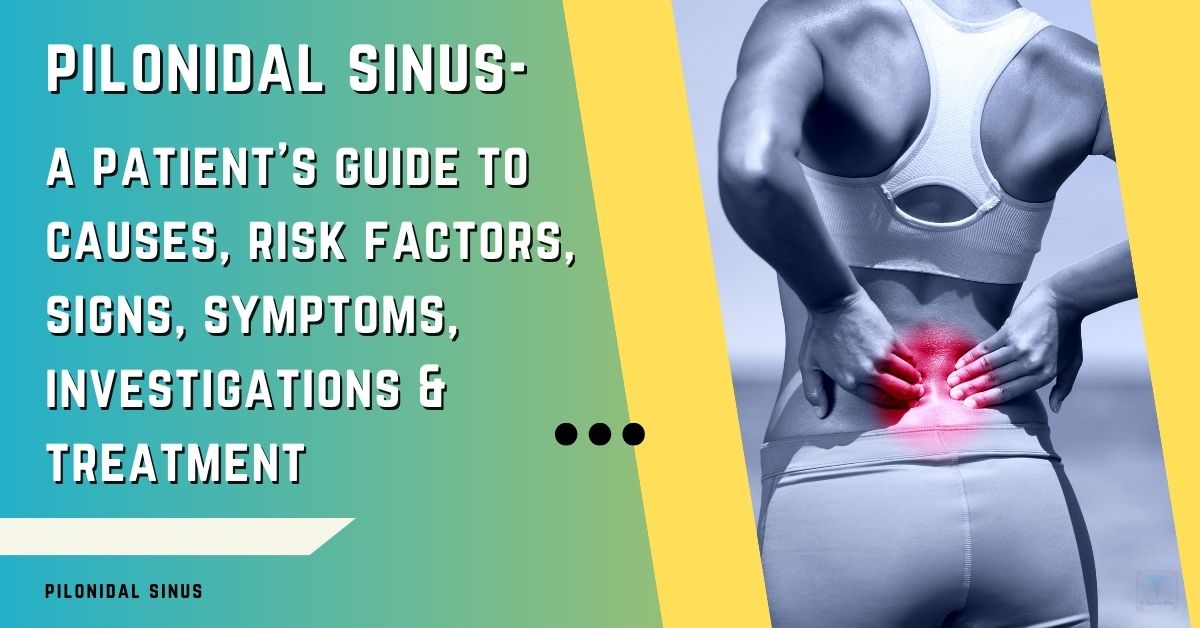Observing Ramadan requires a significant shift in your eating and drinking patterns, which can sometimes lead to gastritis. We all know that gastritis during Ramadan can trigger serious health concerns.
This condition manifests through various symptoms, such as stomach pain, nausea, and bloating. Identifying the triggers is crucial for managing this discomfort effectively during such a sacred time.
Let’s look into understanding the symptoms of gastritis you might encounter during Ramadan and outline practical management techniques to ensure your fasting experience remains spiritually fulfilling without compromising your health. By applying these strategies, you can navigate this holy month with ease and comfort.
Gastritis During Ramadan: Quick Facts To Know
- Recognizing the symptoms of gastritis early, such as stomach pain, nausea, and bloating, can help individuals take timely action to manage their condition during Ramadan.
- Identifying personal triggers of gastritis, which may include specific foods or eating habits, is crucial for preventing flare-ups while fasting.
- Understanding the health implications of fasting with a condition like gastritis is important for making informed decisions about participation in Ramadan.
- Being aware of how fasting during Ramadan can impact digestive disorders can help individuals prepare and adjust their fasting practices to minimize discomfort.
- For those with GERD or severe gastritis symptoms, knowing when and how to modify fasting practices is essential to avoid exacerbating their condition.
- Implementing effective management techniques, such as adjusting meal composition and timing, can significantly alleviate discomfort from gastritis during Ramadan.

Understanding Gastritis Symptoms During Ramadan
Early Signs
Recognizing early signs of gastritis is crucial. You might experience bloating, nausea, and stomach pain. These symptoms can be subtle at first.
It’s important to pay attention to your body. If you notice these signs, consider them as warnings. They indicate that your stomach lining may be inflamed.
Symptom Intensification
During fasting hours, these symptoms can get worse. The lack of food intake might intensify the discomfort in your stomach.
Stomach pain could become more pronounced without regular meals. Nausea may increase, too, making it harder to fast comfortably.
Dehydration Risks
Dehydration is a common issue during Ramadan, which can exacerbate gastritis symptoms. Drinking less water leads to increased acidity in the stomach. Besides, this higher acidity can irritate the stomach lining further. To minimize risks:
- Drink plenty of water between Iftar and Suhoor.
- Avoid caffeinated drinks as they can lead to dehydration.
Identifying Triggers of Gastritis While Fasting
Dietary Adjustments
Avoiding spicy and acidic foods during Suhoor and Iftar is crucial. These can irritate your stomach lining, leading to discomfort.
Certain foods are known to exacerbate gastritis symptoms. It’s important to steer clear of them while fasting. Examples include citrus fruits, tomato-based products, and caffeinated beverages. Opting for bland meals can prevent irritation in the small intestine and upper GI tract.
Food Diary
Keeping a food diary helps identify personal trigger foods. Note what you eat for Suhoor and Iftar.
By tracking your dietary patterns, you’ll notice which foods cause distress. This personalized approach allows for adjustments that suit your body’s needs.
Stress Management
Understand the role of stress in triggering symptoms. Stress can worsen gastritis by affecting the stomach’s acid production.
Implementing stress-reduction techniques is beneficial. Practices like meditation or light exercise before Suhoor can help manage stress levels effectively during Ramadan.
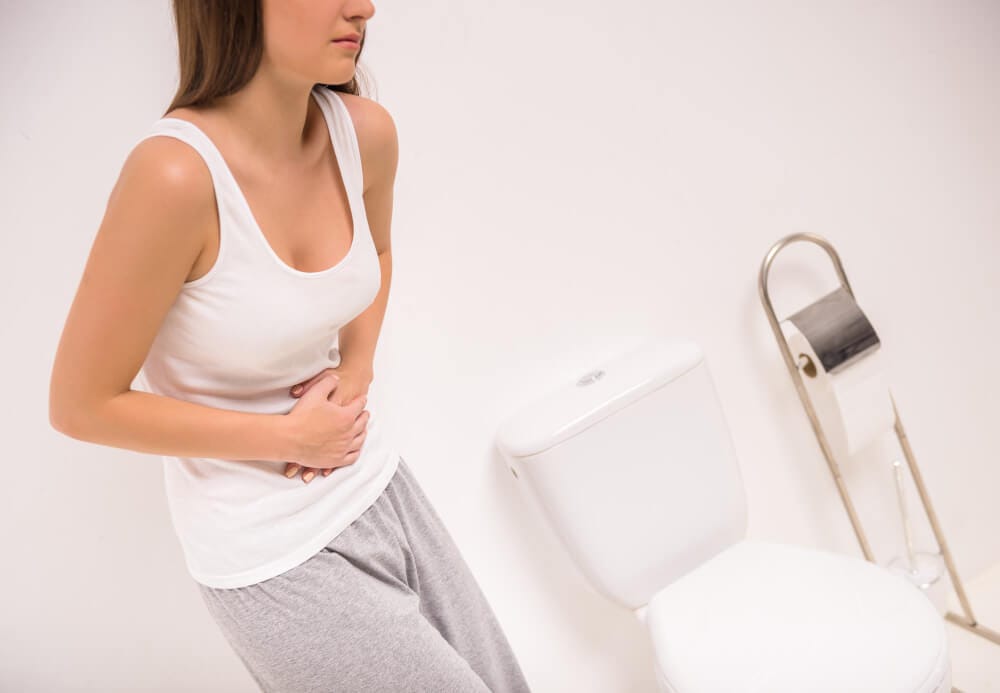
Health Implications of Fasting During Ramadan
Acid Production
Fasting during Ramadan can lead to increased acid production in your stomach. This happens because your stomach remains empty for extended periods. It’s a natural response, but it can cause discomfort.
To manage this, consider adjusting your food intake time and the types of foods you eat. Opt for foods that are less likely to increase acid production, such as fruits and vegetables, and avoid high-fat items.
Ulcer Risks
For those with existing ulcers, fasting poses additional risks. An empty stomach not only increases acid production but may aggravate these ulcers further.
It’s essential to consult with a healthcare provider before starting the fast if you have known ulcers or other gastrointestinal issues. They might suggest specific dietary adjustments or even advise against fasting in severe cases.
Spiritual vs. Health Needs
Balancing spiritual practices with health needs is crucial during Ramadan. While fasting has its spiritual benefits, neglecting health can lead to adverse effects.
- Consider light exercise instead of complete rest.
- Stay hydrated during non-fasting hours.
- Break your fast with mild foods before moving on to heavier meals.
Impact of Ramadan Fasting on Digestive Disorders
Dual Role
Fasting during Ramadan can affect everyone differently. For some, it brings relief from common digestive complaints. This is because fasting reduces the workload on your digestive system.
However, others may find their symptoms worsen. The change in eating patterns can disrupt normal digestion processes. It’s crucial to listen to your body and notice any changes.
Gut Motility
Changes in gut motility are a significant factor during Ramadan. Reduced food intake slows down the digestive process. This might lead to discomfort for some individuals.
For others, this slower pace allows the gut to heal and repair itself more effectively. Understanding how your body reacts can help you manage symptoms better.
Constipation Risk
Altered eating schedules during Ramadan increase the risk of constipation. Eating less frequently affects bowel movements. To combat this:
- Drink plenty of water between Iftar and Suhoor.
- Include high-fiber foods in your meals.
Severity of Symptoms in GERD Patients During Ramadan
Heartburn Increase
Expect more heartburn and acid reflux during Ramadan. Fasting changes how and when you eat, affecting your stomach. This can lead to severe discomfort.
To manage this, be mindful of what and when you eat for Suhoor and Iftar. Avoid spicy, fatty foods that trigger symptoms. Opt for lighter meals that are easier on your stomach.
Meal Timing
Meal timing is crucial in controlling symptoms. Eating right before sleeping increases the risk of acid reflux.
After Suhoor, wait at least two hours before lying down. This gives your body time to digest food properly, reducing heartburn chances.
Lying Down Effects
Lying down immediately after eating worsens GERD symptoms significantly. Gravity helps keep stomach contents down when sitting or standing.
If you must rest after eating, try propping yourself up with pillows to minimize acid backflow into the esophagus.
Effective Management Techniques for Gastritis
Hydration Strategies
Hydrating well outside fasting hours is crucial. It helps reduce stomach acidity and ease symptoms of gastritis. Drink plenty of water between Iftar and Suhoor.
Avoid caffeinated drinks, as they can increase acid reflux. Opt for herbal teas or plain water instead. These choices help maintain your hydration without aggravating your stomach lining.
Food Choices
Select gentle, stomach-friendly foods for Suhoor and Iftar. Foods high in fiber, like vegetables and whole grains, are good options. They aid digestion and prevent constipation.
Steer clear from spicy, fried, or acidic foods that can trigger discomfort. Instead, include dairy products, which can coat the stomach lining, reducing irritation.
Medication Tips
Consult with a physician before Ramadan if you experience chronic gastritis symptoms. They might recommend over-the-counter antacids to use during non-fasting hours.
Always follow the specific recommendations given by healthcare professionals regarding medication intake during Ramadan.
Incorporating these strategies into your dietary habits during Ramadan can significantly alleviate symptoms of gastritis.
Emphasizing hydration, choosing gentle foods, and using medications wisely under guidance are key steps towards managing this condition effectively while observing fasts.

Alleviating Discomfort from Gastritis During Ramadan
Smaller Meals
To ease digestion, consider eating smaller, more frequent meals when not fasting. This approach helps your stomach manage the amount of food better. It reduces the strain on your digestive system.
Eating large meals can overwhelm your stomach. It leads to increased acid production and discomfort. By controlling meal size, you minimize these risks.
Avoid Late-Night Eating
Late-night eating is a common habit that can worsen gastritis symptoms during Ramadan. Your body needs time to digest before sleeping. Eating late can cause discomfort and disrupt sleep.
Try to have your last meal at least two hours before bed. This gives your body enough time to process the food properly.
Stress Management
Stress plays a significant role in triggering gastritis symptoms. During Ramadan, it’s crucial to find ways to manage stress effectively.
Practicing relaxation techniques such as deep breathing or meditation can help reduce stress levels significantly. Regular physical activity is also beneficial for stress reduction and overall health improvement.
By following these guidelines, you’ll likely experience less discomfort from gastritis during Ramadan:
- Eat smaller, more manageable meals outside of fasting hours.
- Avoid late-night snacking or meals.
- Incorporate stress management techniques into your daily routine.
These steps will not only help manage gastritis but also contribute to a healthier lifestyle overall during this holy month.
Managing Stomach Problems During Ramadan
Pre-Ramadan Check-Up
Before Ramadan starts, it’s wise to visit a healthcare provider. This step is crucial for those of you with existing stomach issues or on long-term medication. A doctor can assess your health and suggest any necessary adjustments.
Your healthcare provider might adjust your medicine timing to fit the fasting schedule. It ensures that your treatment remains effective even when you eat little food during the month.
Medication Timing
Discussing medication timing with a doctor is important. For people taking medicines for conditions like IBD, adjusting when you take your medicine can help manage symptoms better during fasting.
Your doctor may suggest taking medication at Suhoor (pre-dawn meal) or Iftar (meal after sunset). This helps maintain the effectiveness of medications on an empty stomach over the long period of day without food.
Physical Activity
Moderate physical activity aids digestion and can reduce discomfort. Exercises like walking or light stretching are beneficial, but do them away from peak sun hours to avoid dehydration.
Avoid rigorous workouts that could strain your body more during fasting hours. Instead, focus on gentle activities that promote well-being without exhausting your energy reserves quickly.
Final Note From Dr. Rajarshi Mitra
Navigating the challenges of gastritis during Ramadan requires understanding its symptoms, triggers, and effective management techniques that can help alleviate discomfort. Your commitment to identifying and addressing these factors plays a crucial role in ensuring a healthier fasting experience.
By incorporating the suggested management strategies, you can significantly reduce the severity of gastritis symptoms and enhance your overall well-being during this holy month.
It’s essential to listen to your body and seek professional medical advice if symptoms persist or worsen. Remember, managing stomach problems effectively allows for a more fulfilling observance of Ramadan.
Take action by applying these insights to your daily routine, and share this knowledge with others who might benefit. Together, you can make this spiritual journey more comfortable and rewarding.
FAQs
What are the common symptoms of gastritis during Ramadan?
Common symptoms include stomach pain, bloating, nausea, and indigestion. These can be exacerbated by the fasting and eating patterns during Ramadan.
How can fasting trigger gastritis?
Fasting may increase stomach acidity due to irregular eating patterns, potentially triggering or worsening gastritis.
Are there health risks associated with fasting for individuals with digestive disorders?
Yes, individuals with pre-existing digestive disorders such as GERD or chronic gastritis might experience heightened symptoms during Ramadan due to altered eating habits and increased acid production.
How does Ramadan impact those with GERD specifically?
Individuals with GERD may see a spike in symptoms like heartburn and acid reflux during Ramadan due to prolonged periods without food followed by potentially large meals at Iftar.
What are some effective management techniques for dealing with gastritis during Ramadan?
Effective techniques include consuming smaller meals more frequently, avoiding spicy and acidic foods, staying hydrated between iftars, and possibly consulting a healthcare provider about medication adjustments.
Can lifestyle changes alleviate discomfort from gastritis during Ramadan?
Yes. Adopting healthier eating habits, reducing caffeine intake, not lying down immediately after eating, and avoiding overeating at suhoor or iftar can significantly alleviate discomfort from gastritis.
Dr. Rajarshi Mitra is a patient-centered, highly-rated Specialist Laparoscopic Surgeon & Proctologist in Abu Dhabi, offering Advanced Laparoscopic Surgery, Minimally Invasive Proctology & Lasers in Proctology. He is MBBS; MS (Surgery); FIAGES; FICS (USA); Dip. Lap (France); and Dip. Hernia (APHS) with 18 years of extensive experience in Laparoscopic Surgery, Minimally Invasive Proctology and Fellowship training in Colorectal and Bariatric Surgery.





